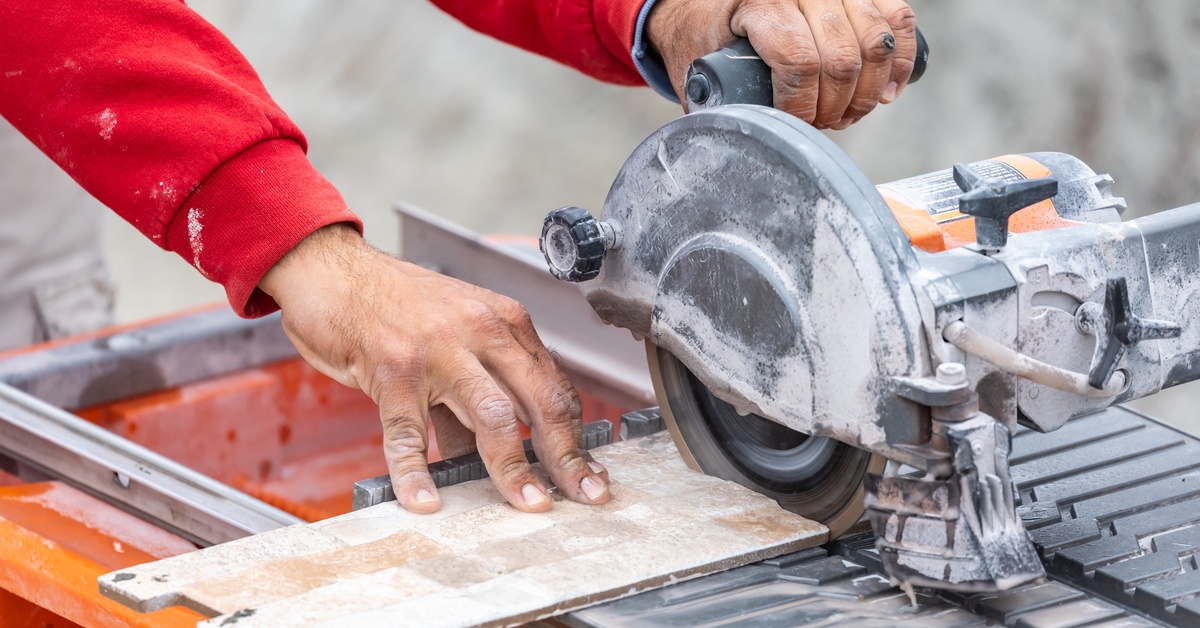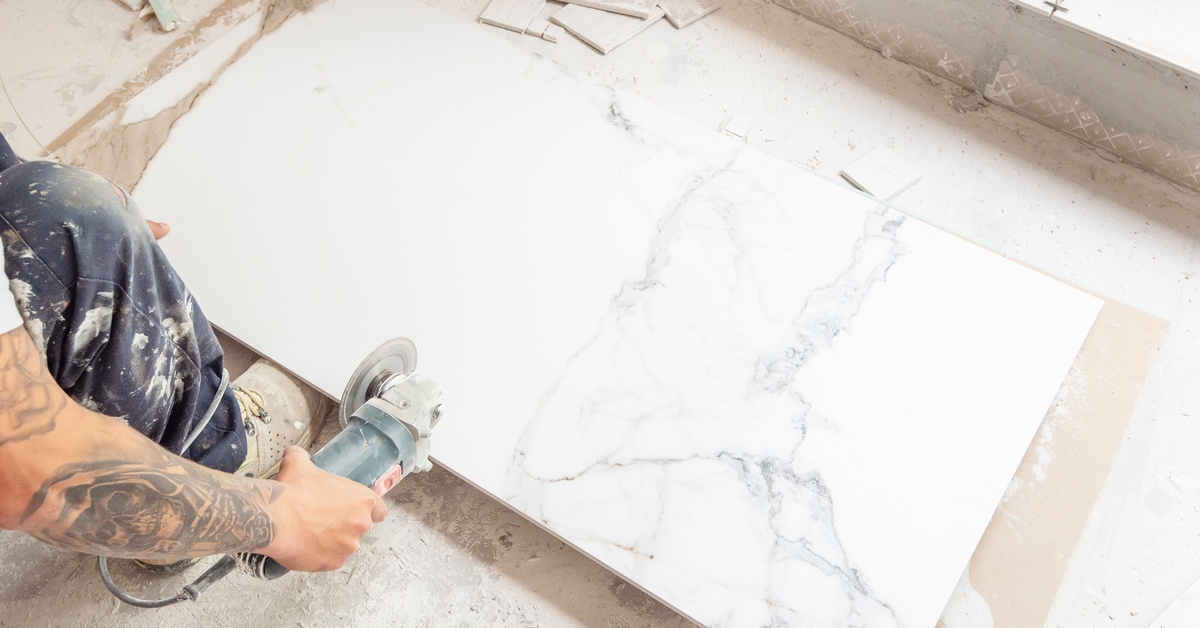Innovations That Have Changed Material Handling Equipment
Material handling has evolved with groundbreaking advancements that enhance efficiency, safety, and productivity in industrial operations around the world.
FREE SHIPPING FOR ALL ORDERS ABOVE $250 | Except LTL Shipments

Material handling has evolved with groundbreaking advancements that enhance efficiency, safety, and productivity in industrial operations around the world.
Deciding between manual and automatic tile cutters? Compare their features, efficiency, and ease of use to choose the right tool for precise tile cutting.
Prevent errors in natural stone projects and achieve flawless results and long-lasting pieces with the following advice on proper techniques and care.
When working with stone and tile, selecting the right tools affects the quality of the final results. For professionals and DIY enthusiasts alike, push and pull handle tile cutters are a staple in creating precise, clean cuts.
Nevertheless, there are differences between push and pull handle tile cutters. Exploring these disparities is important to optimize your project’s efficiency and precision. Here’s a quick breakdown of the key differences, benefits, and ideal applications for each cutter type. By the end, you’ll have a clearer understanding of which tool suits your project.
Push handle tile cutters use a simple mechanism to push the handle across the tile to score and cut. The linear motion makes them easy to use, even for beginners.
Push handle tile cutters:
Pull handle tile cutters use a scoring wheel that pulls toward the user to make a cut. Unlike push cutters, pull cutters provide a more controlled motion, making them ideal for precise, intricate, small cuts. Here’s why pull handle cutters are a popular choice:
Overall, the unique features of pull-handle tile cutters make them an invaluable tool for precise and versatile projects. Whether working on delicate tiles or constrained spaces, these cutters demonstrate the balance of functionality and efficiency, rounding out their appeal as an essential part of any tiling toolkit.

Understanding the strengths of each tool can help you conduct clean, precise cuts that make the project look incredible. When comparing push and pull handle tile cutters, here’s a breakdown of their primary differences.

The choice between a push and pull handle tile cutter largely depends on the nature of your projects, your cutting requirements, and your personal comfort. Here are a few considerations to think about:
Push handle cutters are the go-to solution for large-scale outdoor stonework or extensive interiors, like commercial spaces with consistent patterns. They provide speed and efficiency without compromising quality.
Meanwhile, pull handle cutters are ideal for intricate work. This may include designing unique tile layouts for bathrooms, kitchens, and feature walls.
Each tile material requires a unique handling technique. For rigid materials like quartz, ensure the cutter can withstand the pressure of consistent scoring. Diamond blades can be an excellent choice for cutting through tougher materials like granite or marble, offering precision and durability for clean, smooth edges.
Even polished surfaces like porcelain may require sealing tools for long-term protection. Both cutters work well with porcelain, but the level of precision needed for the project can determine your tile cutter choice.
Comfort plays a significant role in tool selection, especially for full-time professionals. If prolonged cutting sessions are a part of your routine, ergonomics matter. People with small hands or less upper body strength might lean toward a pull handle cutter for its natural motion. Others may find the direct simplicity of push cutters more suitable.
When selecting a tile cutter, durability is a key factor to consider. High-quality materials—such as reinforced steel and aluminum—can withstand repeated use and reduce the likelihood of wear and tear over time. A durable cutter not only ensures consistent performance but also saves money in the long run because it minimizes the need for frequent replacements or repairs.
Tile cutting cannot commence without the proper tools. Quality brands ensure consistent results. Tools like Sigma tile cutters are favorable for their reliability and durability. Additionally, staying sharp with maintenance can extend the cutter’s lifespan and improve the tile-cutting experience overall.
When working with tile cutters, avoiding common pitfalls can save you time, effort, and costly mistakes. By understanding these frequent errors and how to prevent them, you can have a smooth tiling experience. Below are common mistakes to pay attention to and tips on how to avoid them:
When it comes to tile work, the tools are just as important as the tile-cutting technique. Learning the differences between push and pull handle tile cutters gives you the knowledge you need to select the right gear and achieve high-quality results.
Looking to upgrade your toolkit? Check out Detroit Diamond Tools for expert-grade options and enhance your cutting game with tools built for professionals. From diamond saw blades and core bits to polishing pads and tile hole saws, our tools are precise and durable. Whether you’re working on a large-scale construction project or a detailed tiling job, we’re your one-stop shop.
Visit our website today to find the perfect solution for your tiling projects!
The main difference lies in the cutting motion. Push handle tile cutters use forward motion to score tiles, offering simplicity and stability—ideal for long, straight cuts. Pull handle tile cutters, on the other hand, use a pulling motion that gives more control for intricate designs. Choosing between them depends on the project’s size and complexity.
Push handle tile cutters are often better for beginners due to their straightforward, linear motion. They provide clean cuts with less effort and are easier to control for straight lines. However, pull cutters might suit someone with smaller hands or a preference for more precise, controlled cuts in tight spaces.
Yes, push handle tile cutters are excellent for large-format tiles. Their stable base and linear cutting motion make them ideal for creating clean, straight lines on bigger slabs. This is why many professionals choose push cutters for flooring, countertops, or commercial installations.
Absolutely. Pull handle tile cutters are often preferred for porcelain, ceramic, and even glass tiles because of the control they offer. Their pulling motion is gentler, which helps prevent chipping or cracking delicate materials, making them a great option for intricate tile patterns or fragile surface.
Start by assessing your project type. If you need quick, straight cuts on large tiles, go for a push handle cutter. If you’re working on detailed layouts or need to cut small, delicate tiles, a pull handle cutter offers better precision. Your choice depends on tile material, project scale, and personal comfort using the tool.
We inventory products you see on our site
On all ground shipping Items
We'll beat the price from any competitor
Dedicated sales & support team
